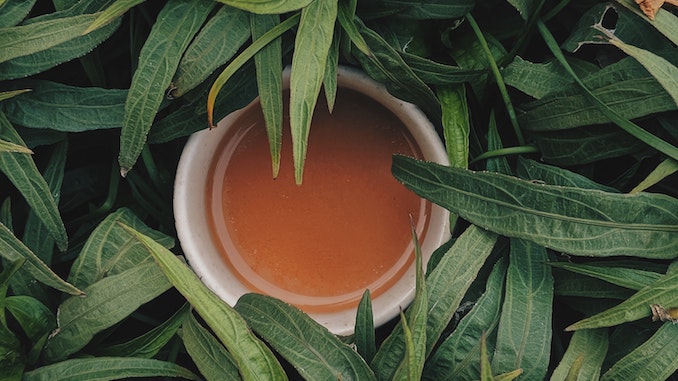
Today we explore kava, an herbal remedy that has long been consumed by South Pacific natives.
BY EMILY JOY MENESES
SPECIAL TO BARISTA MAGAZINE ONLINE
Photo sourced from Unsplash
If you ever find yourself wanting to switch up the typical weekend bar and coffee shop outings, there’s a new beverage in the café scene for you to try: kava. Similar to CBD, this drink is popular for its stress-relieving and relaxing properties, and is promoted as a healthier, hangover-free alternative to alcohol. Although it is fairly new to the Western world, the beverage has been consumed in the South Pacific in social settings for a long time. Here’s everything you need to know about this elusive ingredient and why it’s growing in popularity.
What Is Kava?
The word “kava” comes from the Polynesian word awa, which translates to “bitter,” and the ingredient comes from the roots of piper methysticum, a plant most often grown on Pacific islands like Fiji and Tonga. Typically, locals will dry the roots of the piper methysticum, then crush them into a fine powder, mixing it with water to form a beverage consumed both recreationally and for its healing properties.
The Secrets of Kava
Kava’s feel-good quality comes from its natural substances called kavapyrones, which act like alcohol and help you feel more relaxed, calm, and happy—without the addictive quality or hangover the next day. These substances are also known to help relieve pain, ease muscle tension, and alleviate the effects of PMS and insomnia. Some even report feelings of euphoria or altered consciousness, which is why kava is often consumed during traditional South Pacific cultural and religious ceremonies.
Safety and Potential Risks
Some research suggests that excessive consumption of kava could cause liver damage, and the ingredient is banned in several countries, including Canada and the U.K. In the United States, kava is legal—but the FDA has issued warnings about its possible health implications. Overall, it’s suggested that people consume kava consciously and in moderation. Though kava is deemed “safer” than alcohol, it’s still recommended that those drinking it avoid driving.
Visiting Kava Cafés
Currently, only a handful of kava cafés exist in the U.S., but more and more are sprouting up in major cities, including Los Angeles’ Kava Culture, Portland’s Bula Kava House, and New York City’s Kavasutra. Most cafés offer the drink as a hot or iced tea, and though kava itself is bitter, many have found a way to jazz up its taste by adding it to chai, cold brew, or other beverages mixed with fruit or chocolate.
Want to find out if kava is worth the hype? Find a café near you, or order some online to try it at home. It’s clear that the herbal remedy has carved itself out a special place in the coffee and tea world, and it has no plans of leaving anytime soon.

ABOUT THE AUTHOR
Based in Los Angeles, Emily Joy Meneses (she/her) is a writer and musician passionate about culture and collective care. You can regularly find her at Echo Park Lake, drinking a cortado and journaling about astrology, art, Animal Crossing, and her dreams. Explore her poetry, short stories, and soundscapes on her website.

